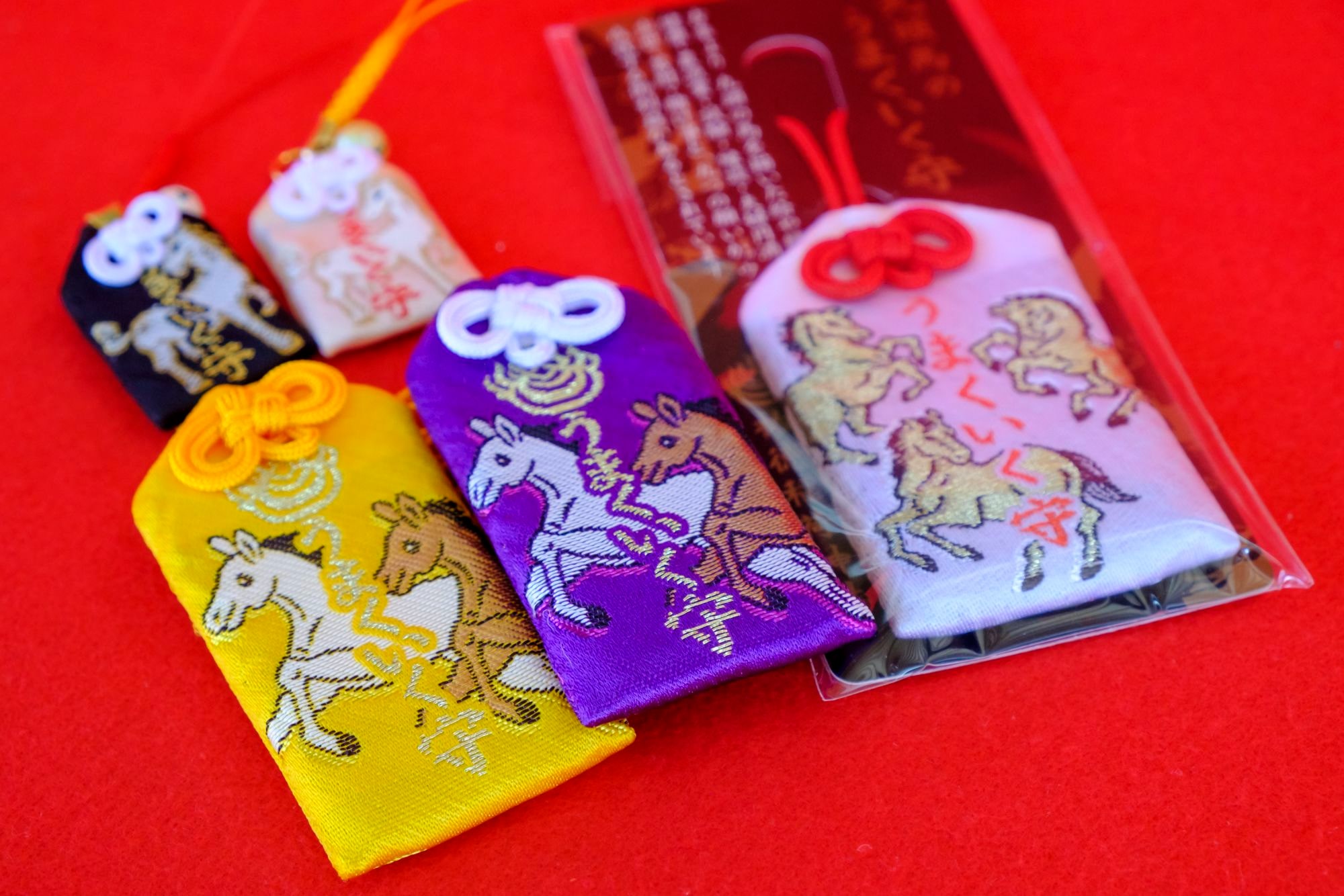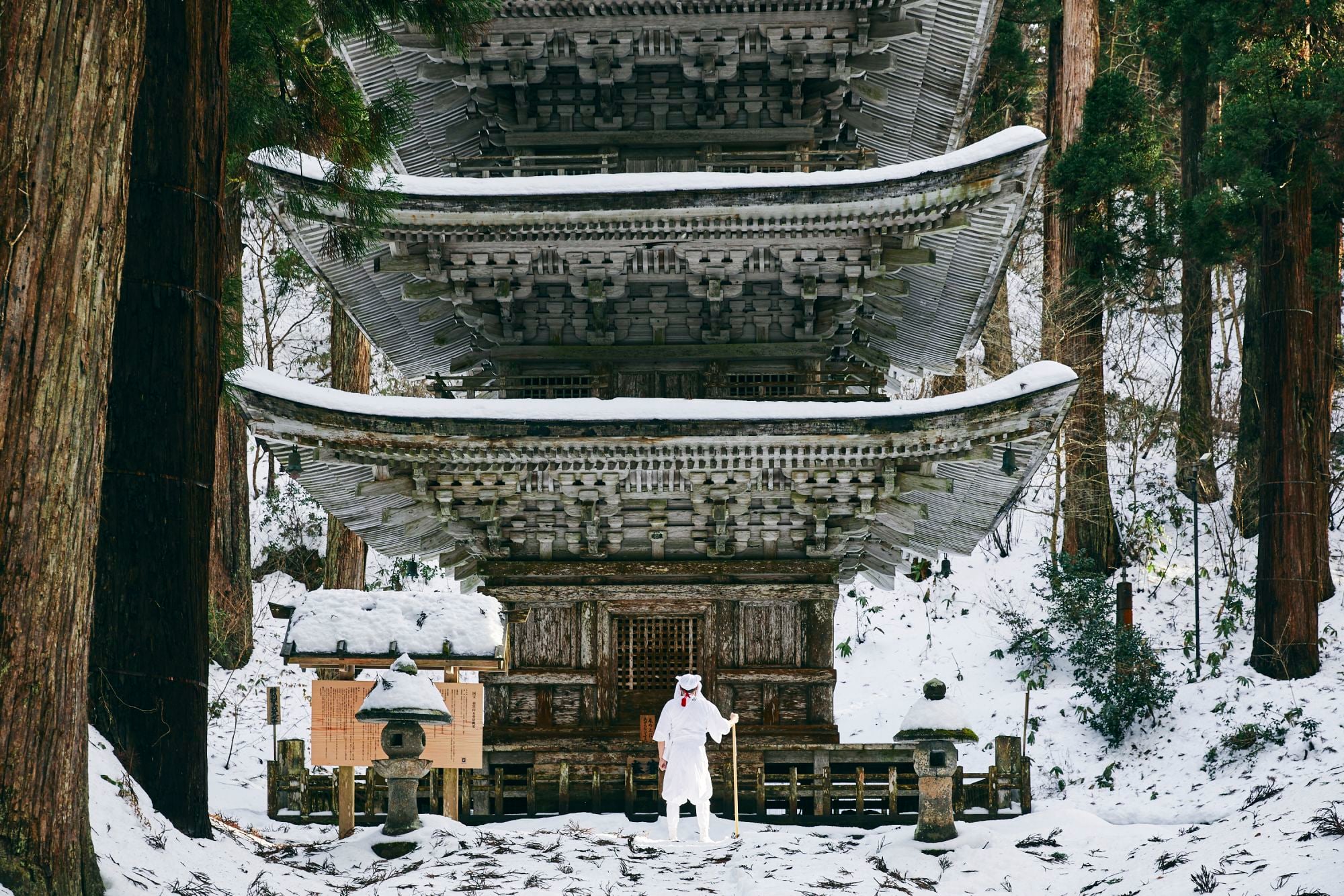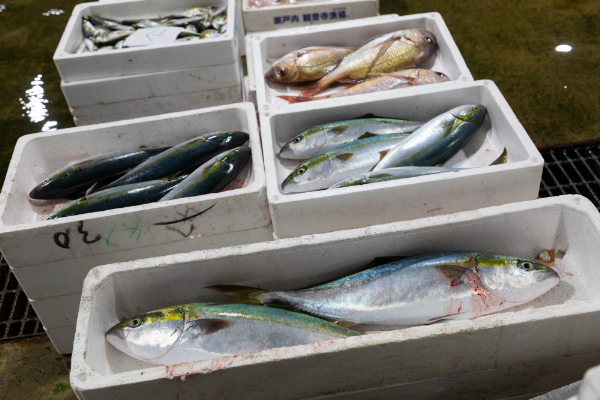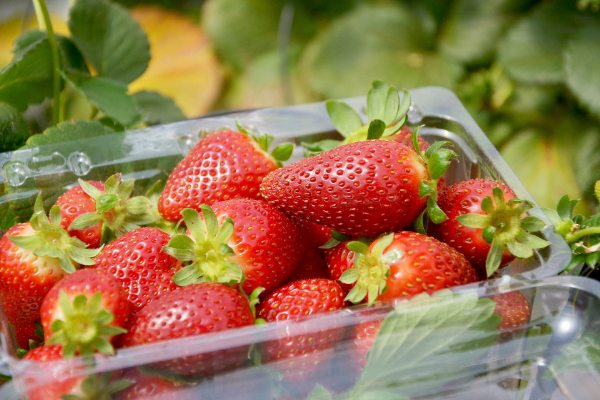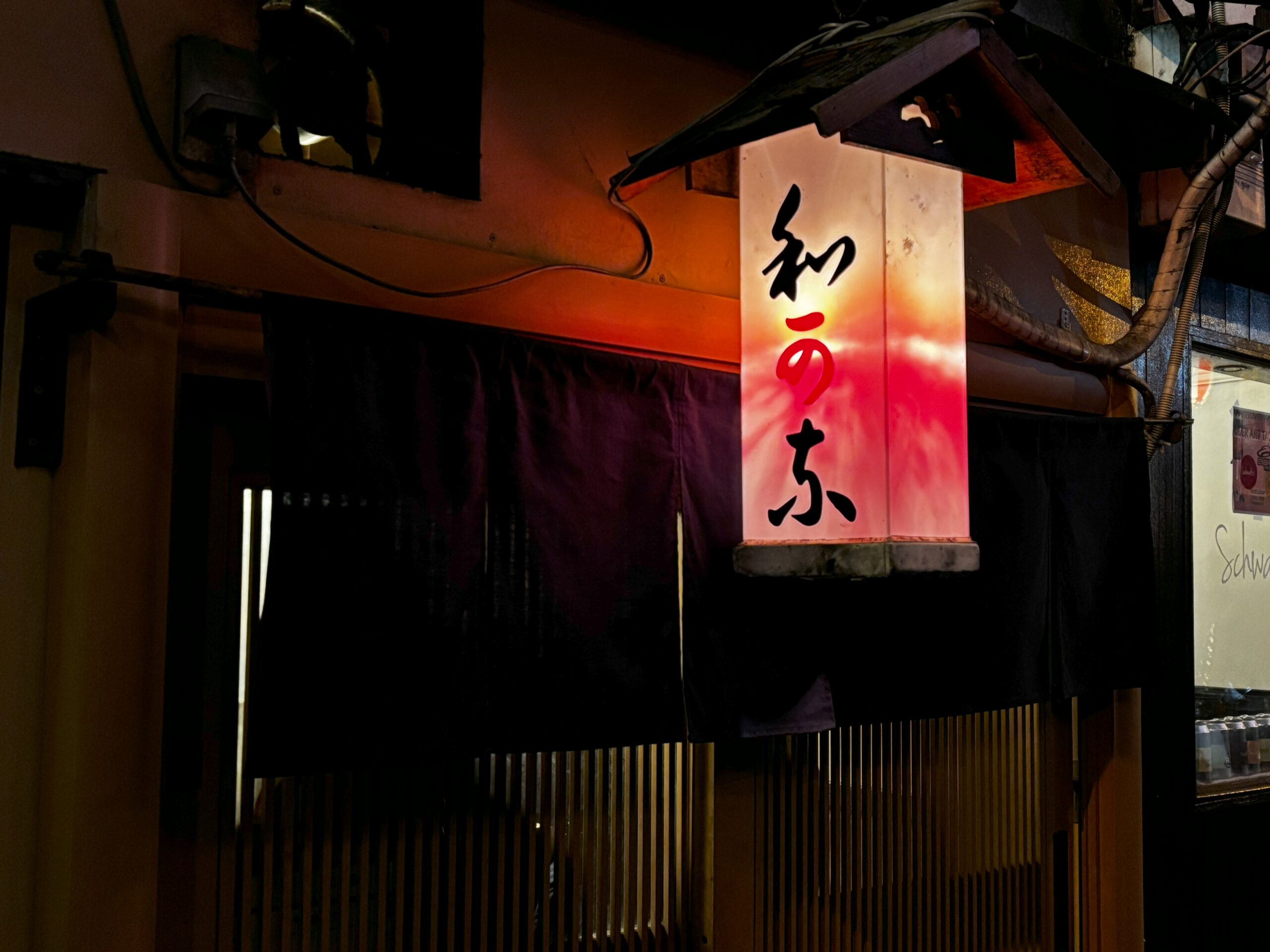Winter in Japan
Winter in Japan is a tale of two realms.
On the Pacific side, clear blue skies and crisp air offer a serene stillness perfect for quiet reflection. Meanwhile, the Sea of Japan side transforms into a snow-covered wonderland – Nagano, Niigata, Yamagata and Hokkaido emerge as hidden gems for snow lovers, offering world-class powder and picturesque villages.
In early January, the cities are quiet as families gather for New Year traditions. For those seeking tranquillity and beauty, late winter offers rare delights – such as the fleeting winter cherry blossoms and peaceful, uncrowded journeys through Japan’s seasonal poetry.

